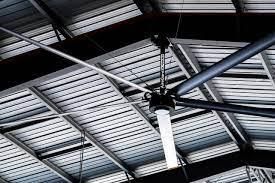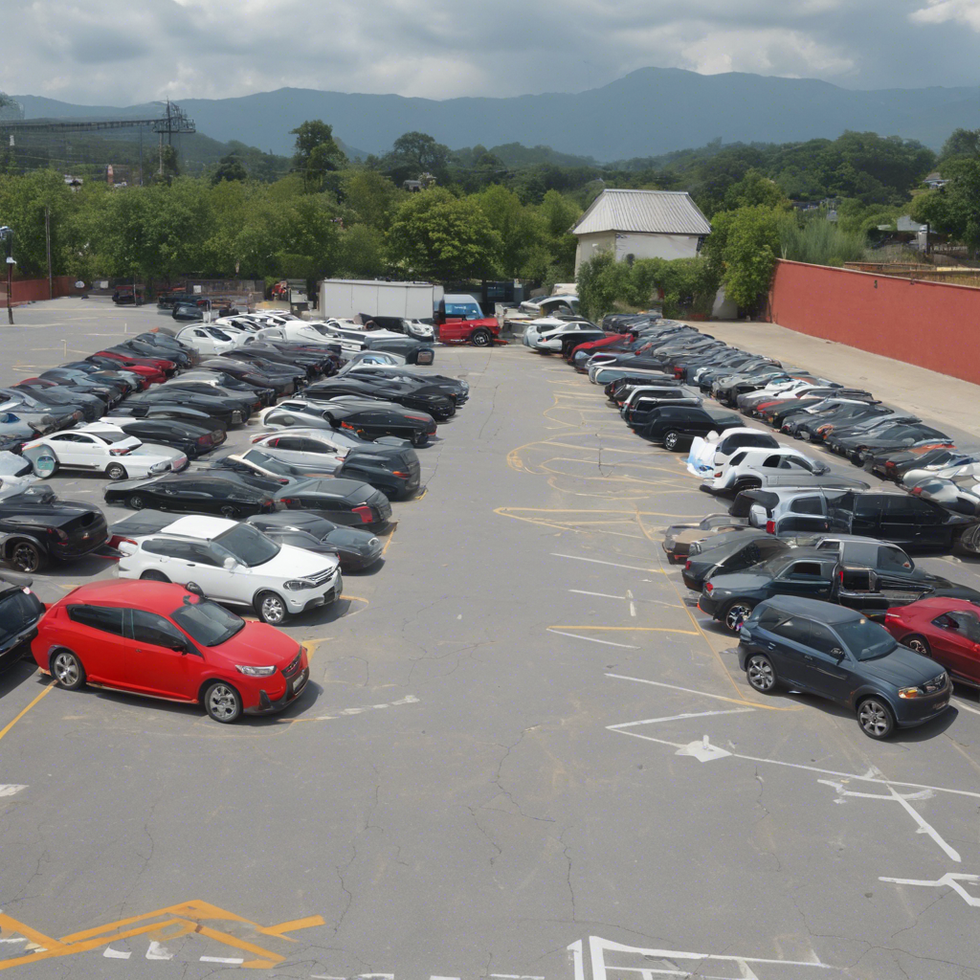One of the biggest decisions you’ll make as an owner of commercial real estate is whether to install HVLS fans or air conditioning to cool your facility. While this may seem like an easy decision – either one will suffice, right? – it’s actually much more complicated than that.
Ceiling Fan Vs. AC How They Work
Ceiling fans and air conditioners both work to cool your home, but they do so in different ways. Ceiling fans circulate air around the room, while air conditioners remove heat from the air. As a result, ceiling fans are best used when you want to feel more comfortable in a hot environment or just want a refreshing breeze. On the other hand, air conditioning is best used during hotter days or when people need relief from extreme heat or humidity levels. The efficiency of ceiling fans also depends on the quality of the product, therefore it is important to consider only the best HVLS ceiling fans for sale.
Working of a Ceiling Fan
A ceiling fan works by using a series of blades to create airflow in a room. The blades are attached to a central hub, which is connected to a motor. The motor spins the blades, which in turn creates airflow. Depending on the direction of the blades, the airflow can be directed up or down. In general, when people want more air flow and humidity (air conditioner), they will use a ceiling fan with the blades facing downward. When they want less air flow and humidity (heat vent), they will use a ceiling fan with the blades facing upward.
Working of an AC
Air conditioners work by drawing heat out of the air inside your home and transferring it to the outdoors. In order to do this, air conditioners rely on a refrigerant, which is a chemical that evaporates and condenses at different temperatures. When the refrigerant evaporates, it absorbs heat from the air, and when it condenses, it releases that heat outdoors. The cooling process works best when the outdoor temperature is lower than the indoor temperature. As such, you will notice that ACs are most effective in the winter time.
The problem with air conditioning, however, is that it requires a lot of energy usage due to its reliance on an outside source to power its operation. ACs also need large-scale mechanical systems in order to transfer heat out of your house or office building.
Fan vs AC
When it comes to cooling your facility, you have two main options: air conditioning or top industrial large ceiling fans. Both have their pros and cons, so it’s important to know which one will work better for your specific needs. One major benefit of HVLS fans is that they use less energy than AC units do. In fact, they are up to 50% more efficient than an AC unit with a similar cooling capacity. They also have much lower noise levels, making them ideal for open office environments where employees need to be able to hear what's going on around them at all times. If you're looking for something that gets cool air into a room quickly, then HVLS fans may not be the best option. It takes longer for an HVLS fan to move hot air from one side of the room to another because there's no wind tunnel effect like there is with AC units.
Choosing the right solution
When it comes to climate control in a large industrial facility, there are two main options: HVLS fans and air conditioning. Both have their pros and cons, so it's important to understand the differences before making a decision. HVLS fans are relatively inexpensive and will be cheaper than traditional cooling systems over time because they use less energy. They also don't require expensive parts or constant maintenance like A/C units do. But HVLS fans can be problematic in areas with high ceilings due to turbulence. If you need heating capabilities, an HVLS fan won't work for you at all.






 StableDiffusion
StableDiffusion Photo by
Photo by  Photo by
Photo by 
 full parking
StableDiffusion
full parking
StableDiffusion









